Playing with the right tennis racquet is vital because it can greatly affect one’s performance on the court, but with so many tennis and racquet sports brands, types, and customizations, how do you narrow down your choices? There are many things to consider, including the size, length, weight, balance, and stiffness of the racquet. This guide will help you navigate through all these aspects and teach you how to choose a tennis racquet that’s right for you.
What to Consider When Choosing a Tennis Racquet
The technical aspects of a tennis racquet can influence how it feels at play and how it can boost your game. What tennis racquet should you buy? You must choose a racquet that fits your size, power, and skill. Here’s a breakdown of what you must consider:
Head Size
The head size of a racquet is categorised as mid-size (550 to 625 centimetres2), mid-plus (630 to 680 centimetres2), or oversized (685-870 centimetres2). The larger it is, the greater the rebound effect, which lets you deliver more power with each swing. A larger head size offers a bigger sweet spot, so the ball is easier to hit.
On the other hand, a racquet with a smaller head allows more manoeuvrability and precision. More advanced players prefer this since it increases consistency, and it’s recommended if you are more confident in your natural power and hitting skills.
Length
The length of a tennis racquet ranges between twenty-seven inches (68.5 centimetres, the most common) to twenty-nine inches (72.5 centimetres). Longer racquets are generally lighter and provide more power and higher swing weight. This allows a stronger serve because you can throw the ball higher up and aim it down at a steeper angle. However, longer racquets are harder to control, so shots close to the body and net volleys will be more difficult to hit.
Weight
The heavier the racquet, the more power and stability you’ll have. However, they’re less manoeuvrable and can wear you out faster.
The weight of a racquet is measured without strings, and if you’d like a lighter base, but want to customise the weight, there are ways to make it heavier, such as by adding lead tape.
Balance
In terms of balance, a racquet can be head-heavy, head-light, or even. A head-heavy racquet has its centre of gravity shifted towards its head; a head-light racquet has its weight more towards the body of the racket; an even racquet will have evenly-distributed weight in the middle.
Head-heavy racquets are usually lighter, so you get more power on groundstrokes, while head-light racquets are typically heavier but easier to control. Choosing the balance of your racquet will depend on preference, so it’s best to try out different racquets to see which works for you.
Frame Stiffness
Frame stiffness is determined by a combination of the stiffness of the frame and the strings installed. The stiffer the racquet, the more powerful the hit–but because there’s less to absorb the impact, it could cause discomfort to the player’s upper limbs. Softer racquets are more comfortable and provide more control, and they’re preferred by most advanced players and those with shoulder problems.
Swing Weight
Swing weight depends on the size, weight, and balance of a racquet. It refers to how weight is perceived on the tool when it’s swung. High swing weight requires more effort to handle the racquet, but it allows for better acceleration with every hit.
Beam
The beam is the thickness of the racquet head. A thicker beam means a stiffer racquet, which makes for stronger power but less control. A thinner beam is more flexible; it’s more manoeuvrable and precise and it feels more comfortable in general.
Grip Size
Grip size is the measurement of a racquet handle’s circumference. Each racquet will have a different grip size, and it’s best to choose one based on the actual size of your hand. To check if it’s correct, hold your racquet in a forehand position. You want the index finger of your other hand to fit the space between your fingers and your palm. When in between sizes, choose the smaller grip size, then just adjust with over grips later on.
Tension
Tension refers to how strings are attached to your racquet, which can affect how you hit the ball. Lower tension means more flexibility and higher power, while tighter tension will allow for better control.
Find the Right Tennis Racquet From Intersport
Intersport carries a wide range of tennis racquets that you can choose from, with your choice in specs, brands, styles, and customizations. Find a tennis racquet that will help you shine on the court from Intersport today!
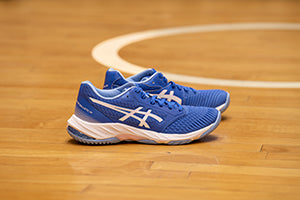

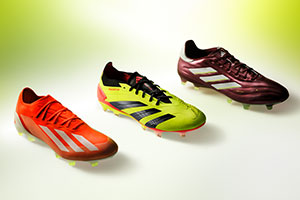
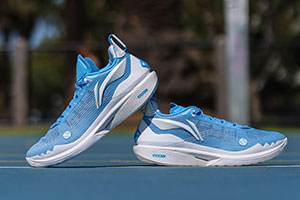


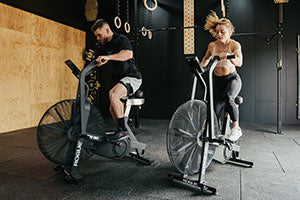

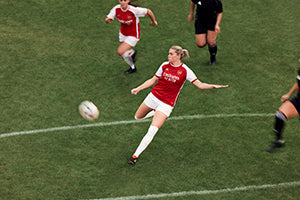
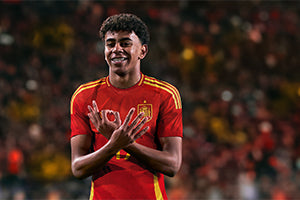

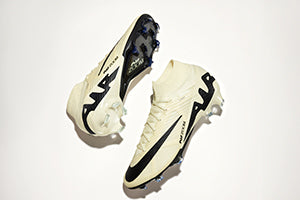
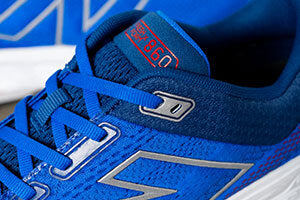
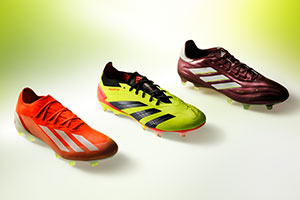
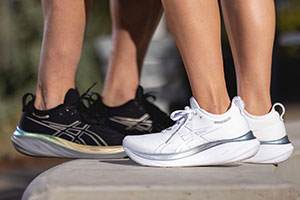
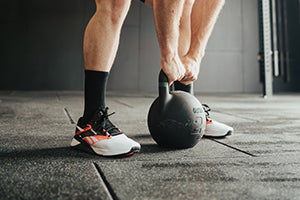
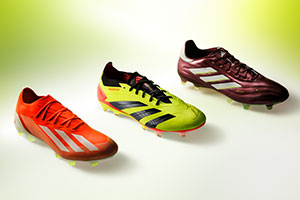

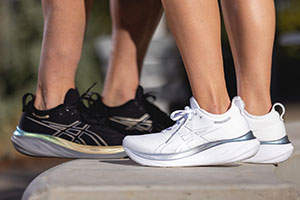

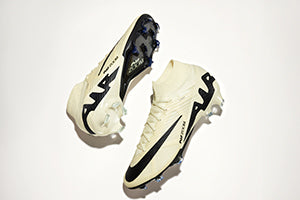
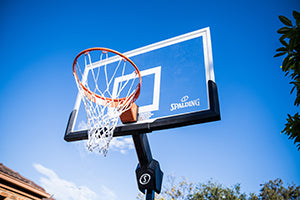



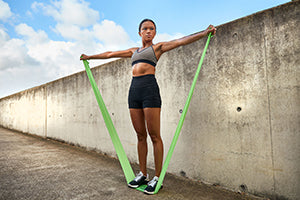

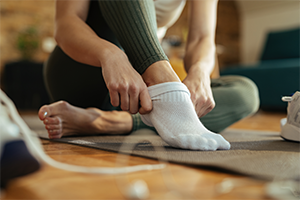

Comments